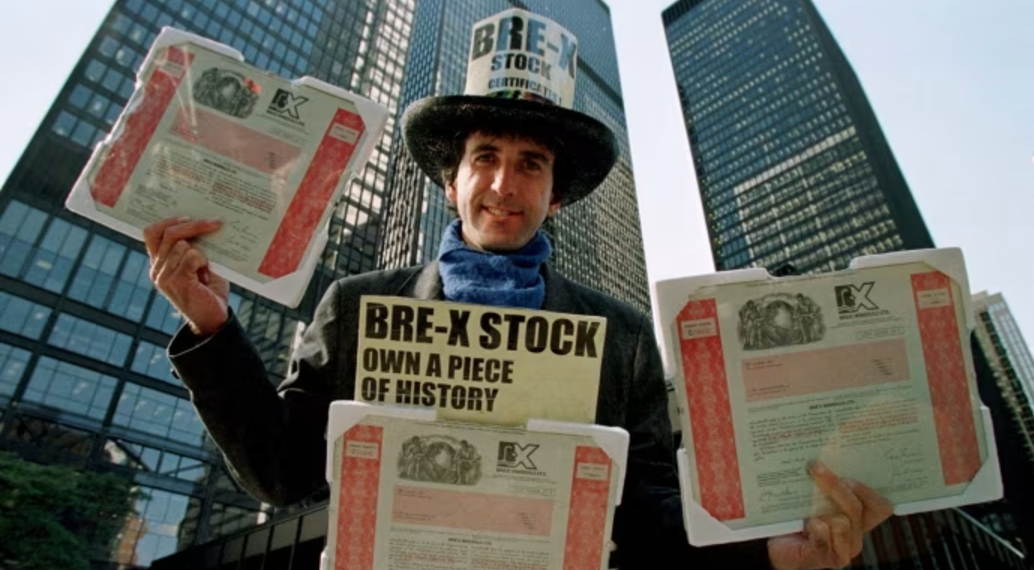The Billion-Dollar Scandal: How One Mistake Changed the Industry Forever
In the high-stakes business, a single error can ripple through an industry, altering its course forever. Few of the many corporate missteps in history compare to the billion-dollar scandal that shook the world—a cautionary tale of unchecked ambition, systemic flaws, and devastating consequences. This scandal didn’t just expose vulnerabilities within a single corporation; it reshaped the industry, forcing new regulations, oversight, and a collective reckoning.
The Catalyst: A Simple Mistake or Calculated Risk?
A multinational company with years of dominance in its field was at the heart of the scandal. Initially lauded for its innovation and meteoric rise, it later emerged that much of its success was built on shaky foundations. A critical miscalculation—or some might argue, a deliberate gamble—came to light when financial discrepancies in the company’s earnings were exposed.
An aggressive push to inflate profits had led to creative accounting practices, hiding losses and overstating revenue. It began as a seemingly minor adjustment to meet investor expectations, but over time, these practices snowballed. Auditors eventually uncovered discrepancies amounting to billions of dollars. The revelation sent shockwaves through the market, wiping out shareholder value overnight and leading to massive layoffs.
The Fallout: A Domino Effect on the Industry
The scandal didn’t stop at the company’s doorstep. It triggered a chain reaction that rattled the entire industry. Competitors faced increased scrutiny, while investors began questioning the financial health of similar firms. Trust in the sector eroded, and stock prices plummeted.
Beyond financial losses, the scandal revealed deeper issues: loopholes in regulatory frameworks, ineffective oversight by board members, and a culture of prioritizing short-term gains over long-term stability. Policymakers were quick to respond, implementing sweeping changes designed to prevent such a disaster from occurring again. These included stricter reporting standards, mandatory transparency measures, and harsher penalties for corporate fraud.
The Human Cost
While the headlines focused on financial figures, the human cost of the scandal was equally staggering. Thousands of employees lost their jobs as the company declared bankruptcy. Pension funds, heavily invested in the company, were decimated, leaving retirees struggling to make ends meet. Small suppliers, dependent on the corporation, faced bankruptcy themselves.
For executives, the fallout was severe. Several faced criminal charges, with high-profile trials exposing the inner workings of a company that had once been a darling of Wall Street. The CEO, once hailed as a visionary, became a symbol of corporate greed and recklessness.
A New Era for the Industry
The scandal marked a turning point for the industry. Companies began prioritizing ethical practices, realizing that transparency and accountability were essential for long-term success. Investors grew more cautious, demanding thorough due diligence before committing funds. Educational institutions incorporated case studies of the scandal into business ethics courses, emphasizing the importance of integrity in decision-making.
Lessons Learned
The billion-dollar scandal serves as a sobering reminder that one mistake—or a series of poor choices—can have far-reaching consequences. It highlights the importance of vigilance, ethics, and responsibility in a competitive world. While the industry emerged more robust and more resilient, the scars of the scandal remain, serving as a warning to future leaders: shortcuts and deception may offer temporary gains, but the price of betrayal is immeasurable.

